40 Tech Deals That Had Big Channel Impact
CRN reviews 40 of the biggest tech deals that affected the channel: from Novell’s Wordperfect buy to Broadcom’s impending VMware acquisition.
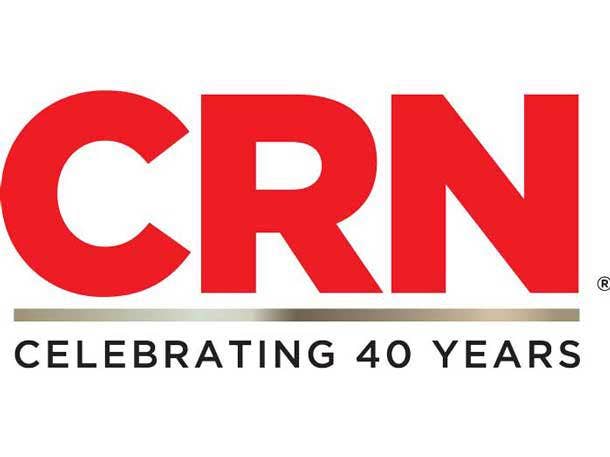
In the 40 years since CRN was founded, there have been billions and billions of dollars spent on mergers and acquisitions in the tech world. Many of these deals have shaped the channel in one way or another.
Some of the biggest and most noteworthy deals in the tech sector are also the ones that had big channel impact. Take, for instance, Dell Technologies’ $67 billion acquisition of EMC, which further strengthened Dell’s enterprise position in the industry and created the environment for VMware’s spin-off and still-planned VMware acquisition by Broadcom. Or IBM’s $34 billion acquisition of Red Hat, which bolstered Big Blue’s open source software chops.
Other big deals, such as Borland International’s $439 million acquisition of Ashton-Tate or Microsoft’s pursuit of 86-DOS from a company in Seattle, have long faded from the front pages of CRN and other tech media outlets, but ended up significantly altering the course of the tech industry.
Still other deals at the time were thought to be perfect matches between completely complementary companies that ended up the exact opposite: Hewlett-Packard Co.’s deal for enterprise software firm Autonomy, for example.
Click through the slideshow to see the 40 deals, from traditional M&A to spin-outs, that had some of the biggest impacts on the channel.
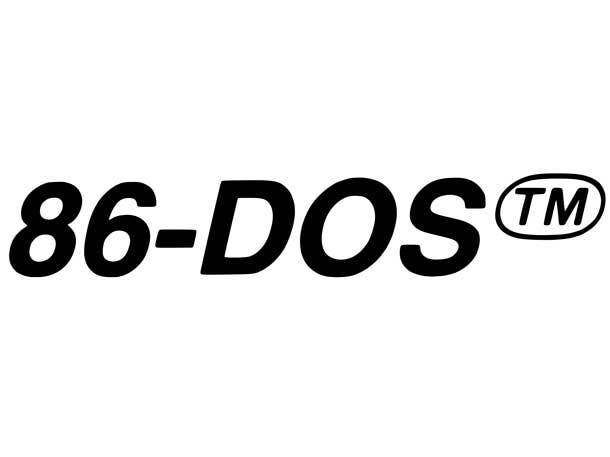
Microsoft-86-DOS
An acquisition known for its consequence in tech history as well as for its remarkably low price tag, in 1981, Microsoft bought the rights to 86-DOS, or QDOS, the Quick and Dirty Operating System, from Seattle Computer Products. Microsoft spent about $50,000 on the technology and renamed it MS-DOS, licensing it to IBM as a 16-bit OS for early PCs. The deal spurred the growth of PC sales and the influence of channel giants Microsoft and IBM. Microsoft would later succeed DOS with Windows and IBM would release OS/2.
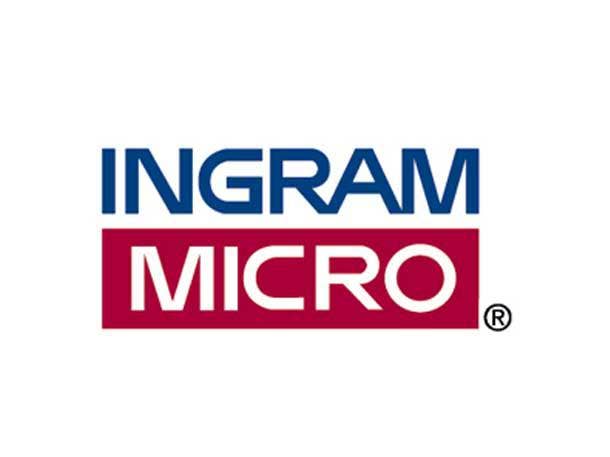
Ingram Industries Acquires Micro D
While IT distribution today is characterized by a handful of industry-dominating distributors and several smaller specialty distributors, that wasn’t always the case. Instead, IT distribution was a fairly fragmented business until 1989, when Ingram Industries acquired Micro D, resulting in what is now known as Ingram Micro, which dominated the business for over 30 years until Synnex and Tech Data merged in 2021 to form TD Synnex.
Ingram Micro’s roots started in mid-1979 when Micro D was formed in Southern California. After years of expanding nationwide and going public on the OTC (over the counter) market in 1983, all its common stock was purchased by Ingram Industries in 1986. Three years later, Ingram Industries acquired the remaining publicly traded shares of Micro D and merged the company with Ingram Computer to form Ingram Micro D, which in 1991 was renamed Ingram Micro. Ingram Micro in 1996 was split off from Ingram Industries and became a public company, and was the world’s largest IT distributor thanks to a combination of organic growth and multiple acquisitions.
Ingram Micro took an unusual turn in 2016 when it was acquired by China-based HNA Group for $6 billion. It was not a normal acquisition, given that certain end users, particularly the U.S. government, were sensitive to purchasing products and services from a China-based company. Ingram Micro responded by saying the company had ringed itself from the rest of HNA to ensure no influence would bleed in from China. However, HNA over-extended itself with acquisitions all over the world of totally unrelated companies, such as airlines and hotels. This turn of affairs lasted until 2021 when Platinum Equity acquired Ingram Micro for $7.2 billion.
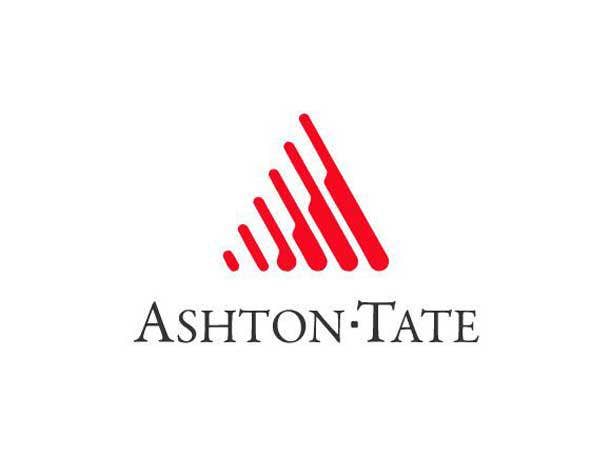
Borland-Ashton Tate
In 1991, software designer and marketer Borland International increased its database market share with the $439 million acquisition of Ashton-Tate, perhaps best known for the dBase database management system.
Ashton-Tate went head-to-head with Lotus, Microsoft and others as one of the top software applications producers in the 1980s but stumbled after a disastrous dBase update, according to multiple reports from the time. Borland would compete with Microsoft in the 1990s on database offerings, boosting its employee count with the Ashton-Tate acquisition.
dBase was popular with resellers for the way it enabled custom applications development for companies using PCs, according to reports at the time. The acquisition brought Ashton-Tate resellers into Borland’s portfolio, which included the competing Paradox database software, Quattro Pro spreadsheet software and Pascal programming language.
Micro Focus would go on to buy Borland in 2009 for $75 million to boost its application testing and management offerings.

AT&T-NCR
Telecom giant AT&T acquired National Cash Register Company (NCR) in September 1991 after a long-fought, hostile takeover battle in 1991 that had AT&T finally paying a price tag of $7.48 billion in stock for the company. NCR under AT&T was renamed Global Information Solutions, but the carrier wasn‘t ever able to converge computers and communications. The deal has been touted as one of the carrier’s biggest failures.
As part of AT&T‘s split into three separate companies in 1996, the NCR Corporation was spun off to AT&T shareholders and took back its original name. Today, NCR Corporation, an American software, consulting and financial technology company, stands on its own as an independent company.
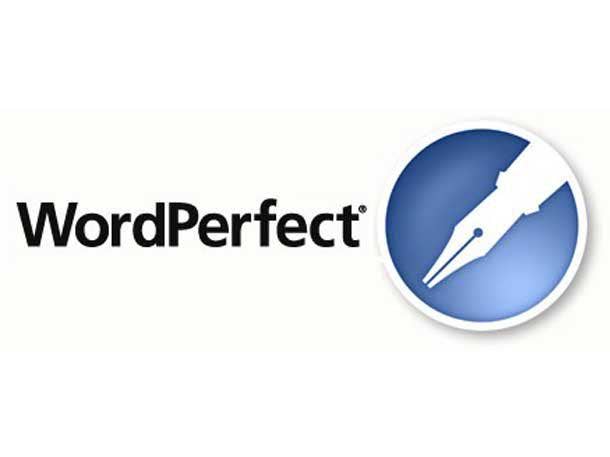
Novell Acquiring WordPerfect
In March 1994, Novell acquired word processing program WordPerfect Corp. for $1.4 billion to create one of the world’s largest software companies. Utah-based Novell made software for linking computers together in networks and had grown to become a leading solutions provider.
Under the terms of the agreement, all stock in privately held WordPerfect was exchanged for about 59 million shares in Novell.
After the deal, WordPerfect became a wholly-owned subsidiary of Novell. The acquired company started out as a small word processing software maker and grew to $750 million in annual sales before being acquired. Novell’s plan was to increase its revenue, add to its strong balance sheet and expand its earning potential.
WordPerfect, before being picked up by Novell, laid off more than 1,000 employees just months before and regretted to see the accelerated growth and popularity of Microsoft Windows. It didn’t come out with its Windows-compatible software until 1991, several years after the Windows roll-out.
Analysts at the time believed the acquisition came after Novell felt like the odd man out as competitors like Microsoft and Lotus were beginning to expand. The combined company was expected to become the third largest software maker behind Microsoft and Oracle.
In 1996, Novell sold a division of WordPerfect to Corel Corp., a large software company in Canada, citing an unhappy marriage between the two products.
The payment in stock, cash and royalties was estimated to be worth $186 million.
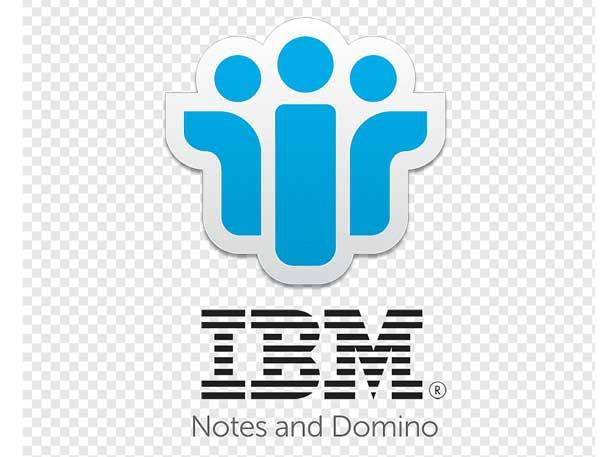
Lotus-IBM
In 1995, IBM pursued a hostile takeover of Lotus Development Corp. – best known for its 1-2-3 spreadsheet application and, later, the Lotus Notes document-sharing, collaboration software. In the end, IBM bought Lotus for about $3.5 billion in cash – the largest software deal at the time.
The deal made IBM and IBM partners more competitive with Microsoft, whose productivity apps and Windows operating system were winning customers over from IBM’s OS/2.
In 2018, IBM would finally sell the final components from the Lotus acquisition to HCL, getting $1.8 billion in the deal.
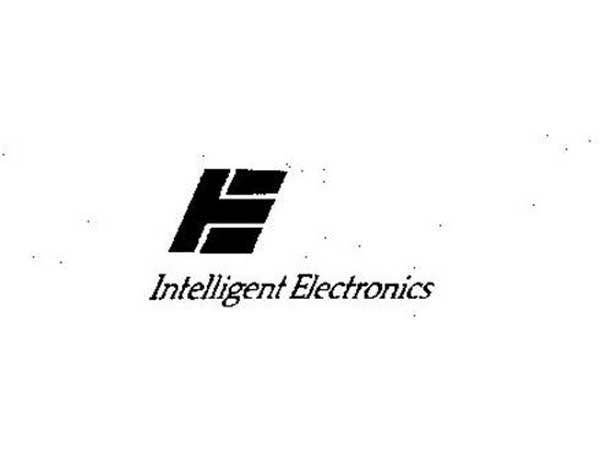
Ingram Micro Acquiring Intelligent Electronics
In May of 1997 distribution giant Ingram Micro announced it would acquire Pennsylvania-based Intelligent Electronics Inc. for $78 million in cash and assumed debt.
Intelligent Electronics was a computer distribution business with an annual revenue of $3 billion. The purchase price included $50 million to $60 million in debt that Ingram Micro assumed when the deal closed, but the strategic investment eliminated a competitor for Ingram as IE had been cutting prices to outsell Ingram in the computer market.
This gave Ingram a chance to offer resellers more cost-effective supplies and services. After the deal was finalized, though, plans were set to shut down IE’s Reseller Network Division’s Denver headquarters and an office in Memphis, Tenn., as well as implement layoffs.
The deal came after IE had been struggling in the computer wholesaling market and sold the Reseller unit to Ingram Micro to focus on distributing computers to corporate clients.
Part of the sale agreement was that Ingram would become the primary wholesale source for Intelligent Electronics’ business sales unit, XLSource.
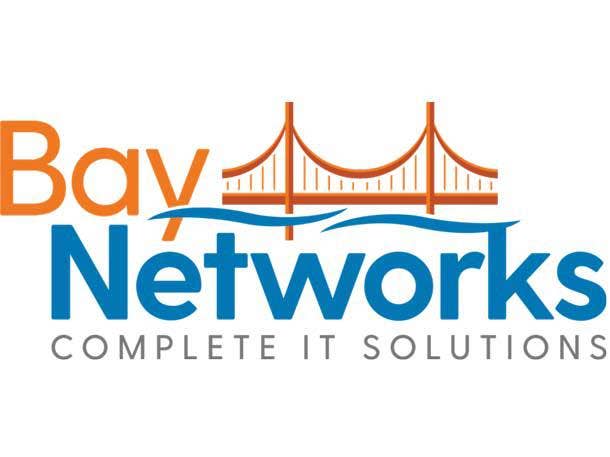
Nortel-Bay Networks
Northern Telecom, aka Nortel, in 1998 made the biggest acquisition that the networking industry had ever seen at the time when it put down $9.1 billion in stock for Bay Networks. Nortel made the move in order to better compete against its larger rivals, then-Lucent Technologies, an AT&T spin-off, and Cisco Systems.
Ontario-based Northern Telecom in the 1990’s specialized in network switches and computers, but the deal would give the company more strength in data networking, which was an important move for any legacy telephone company that wanted to be able to offer internet access to businesses and consumers. Bay Networks, on the hand, was a different business that focused on routers and switches. The San Clarita, Calif.-based company was formed in 1994 when hub and switch company SynOptics merged with router company WellFleet.
The deal ultimately didn’t have a happy ending. Nortel, once one of the biggest makers of telecommunications equipment in the world during the height of the technology bubble in the 90’s, filed for Chapter 11 bankruptcy in January 2009 following an accounting scandal. Its global businesses were liquidated, which raised $7.3 billion.
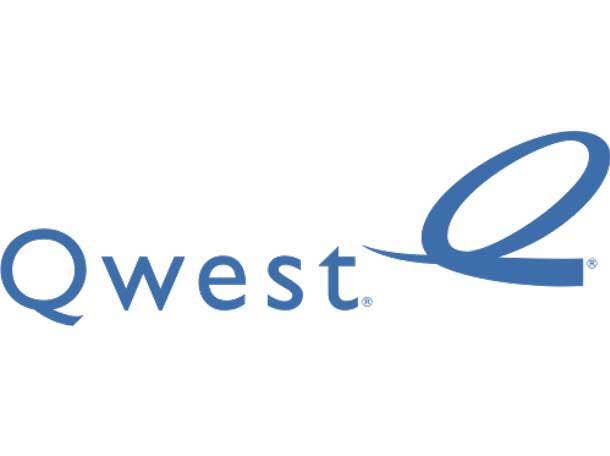
Qwest Communications – US West
Qwest Communications International in 2000 completed its megadeal of US West for about $44 billion in stock. Via the terms of the deal, Qwest gained US West‘s more than 25 million customers and regional phone networks. The combined company had a market value of $85 billion.
Qwest was the fourth-largest long-distance telecom in the U.S. at the time and provided high-speed data and Internet services with a focus on business customers. US West, on the other hand, was a regional carrier that was created in 1983 following the antitrust breakup of AT&T into smaller companies. US West operated in 14 Western states and was headquartered in Denver, just like Qwest.
Qwest went on to merge with then-CenturyLink in 2011, which rebranded itself to Lumen Technologies in 2020. Today the company is focused on providing business customers with connectivity and managed IT services.
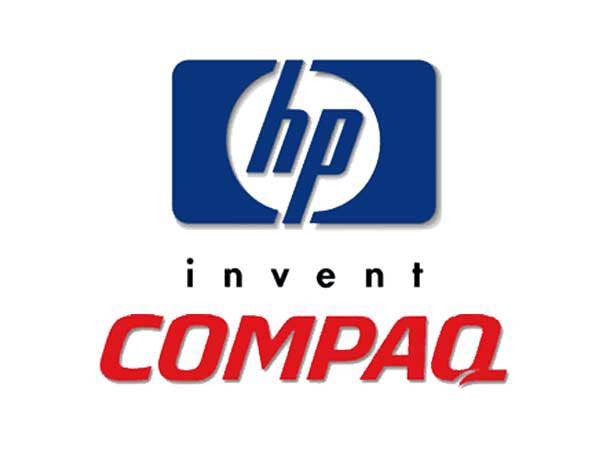
HP- Compaq
HP and Compaq couldn’t have imagined how much the world would change just days after they inked their $25 billion merger agreement on Sept. 3, 2001. The ink on the contract was barely dry when one of modern history’s singular shocking events would define the decades to come. Channel partners approached the deal with skepticism and apprehension, concerned the blockbuster deal would jeopardize channel sales. Instead, channel partners were surprised by the success of the merger and the positive impacts on business overall – the companies merged and enhanced their respective partner programs and Compaq brought an enterprise focus to HP that had been lacking.
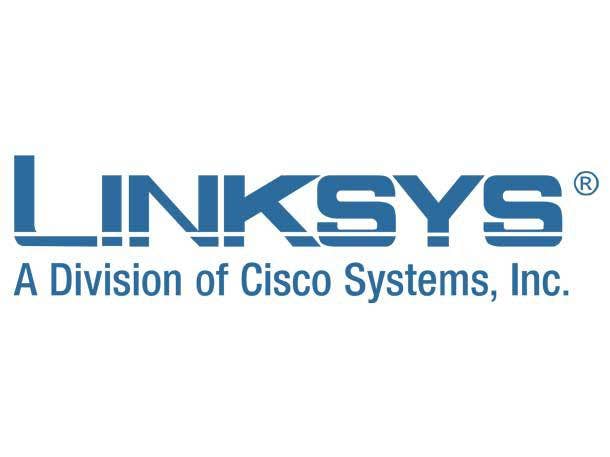
Cisco-Linksys
In $500 million deal, Cisco bought Linksys, a small business and consumer networking specialist, in 2003. The tech giant scooped up Linksys for its extensive lines of routers and other networking gear that were popular choices for home and small business networks because of its price point. Linksys became Cisco‘s home networking business unit and Cisco even built a channel program focused on the division to help partners target smaller customers.
The home networking business unit, however, never took off. Ten years later in 2013, Belkin completed its acquisition of Linksys when Cisco handed over the home networking business unit. Today, Linksys continues to operate as an independent business unit and its own brand under Belkin.
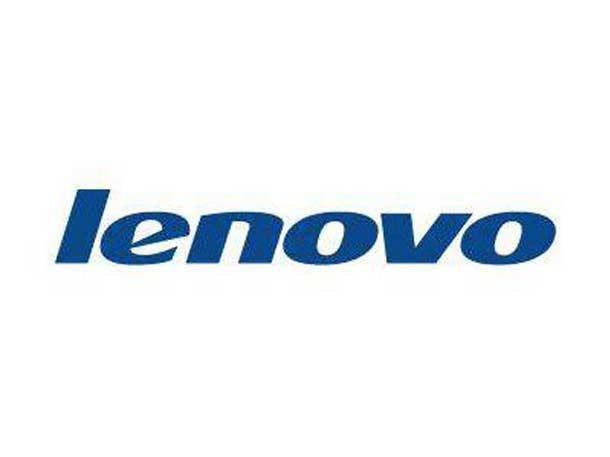
IBM-Lenovo
The 2005 sale of IBM’s personal computer business to Chinese PC powerhouse Lenovo may be one of the most important tech deals so far in the 21st century. It set Lenovo on a path to become the No. 1 seller of personal computer systems in the world. It successfully merged two vastly different international corporate cultures. IBM may have wanted out of the PC hardware space, but it’s hard to imagine a better partner than Lenovo to carry on the ThinkPad tradition started at IBM. Lenovo’s latest financials are testament to the combined companies’ success in the PC market, with $71 billion in annual sales.
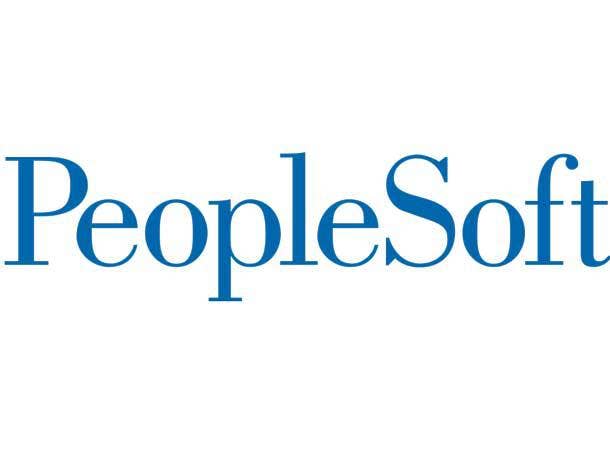
Oracle-PeopleSoft
Oracle’s fight to buy back-office software rival PeopleSoft lasted more than 18 months and ended in 2005 with a final price tag of $10.3 billion – Oracle’s sixth offer. At the time, Oracle co-founder Larry Ellison told the New York Times that he wanted to be the Microsoft of corporate data centers, referencing how Microsoft revolutionized desktop computers with applications on its operating system. The acquisition made Oracle more competitive against Microsoft and SAP, an Oracle enemy to this day.
The acquisition brought to Oracle partners PeopleSoft‘s EnterpriseOne and World software – the renamed J.D. Edwards applications suites that provided a channel play into the midmarket. PeopleSoft partners gained a plethora of products from Oracle, including its E-Business Suite (EBS) offering.
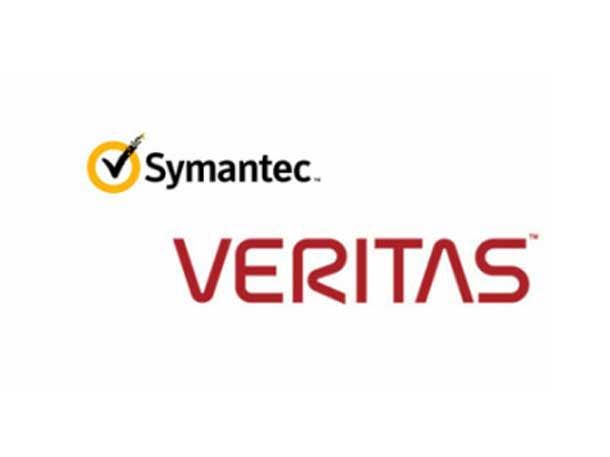
Symantec-Veritas merger
Symantec’s $13.5 billion takeover of Veritas, first announced in late 2004 and closed in 2005, was one of those deals that looked so sound and promising on paper to channel players and others. As touted at the time, the merger of Symantec and Veritas, besides creating the fourth largest software firm in the world, created a “one-stop” company providing security, data storage and data management.
But it’s all about execution when it comes to successful mergers, not expectations at the outset, and ten years after the mega-deal Symantec sold off Veritas for $8 billion. CRN’s headline at the time said it all: “Semantec Selling Veritas: End Of An Acquisition That Never Lived Up to Promises.”
In 2019, Broadcom bought Symantec’s Enterprise Security business for $10.7 billion.
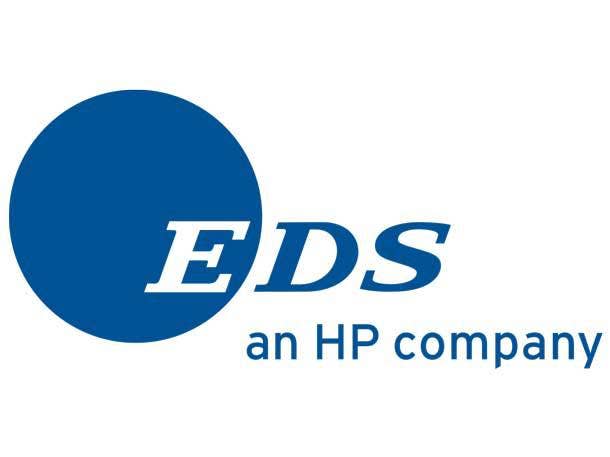
HP’s EDS deal
If the HP-Compaq deal brought hope for the future of larger mergers within the channel, HP’s $13.9 billion acquisition of Ross Perot-founded Electronic Data Systems Corporation (EDS) in 2008 may have muddied the waters substantially. By 2012, HP announced it would take an $8 billion charge on EDS losses over a quick four-year stretch. But the merger would prove to be a rollercoaster of failures and successes. Following the split of Hewlett-Packard Co. into HP Inc. and Hewlett Packard Enterprise in 2015, HPE spun off EDS - by then renamed Hewlett Packard Enterprise Services - in 2017. Letting go of the services operation solidified the Hewlett-Packard Enterprise brand in the edge-to-cloud services space: In April HPE posted yearly revenue of $27.7 billion.
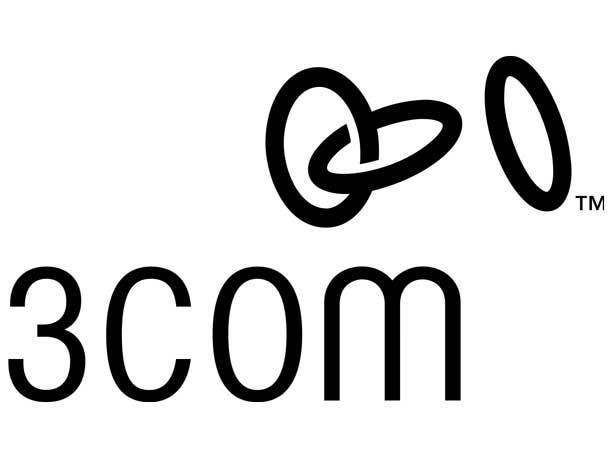
HP-3COM
At the time of Hewlett-Packard’s 2009 $2.7 billion acquisition of computer network equipment provider 3Com, the move was seen as a direct play to wrest position from Cisco’s data center dominance. While 3Com ceased to exist as an entity as HP swallowed up the company’s services to create spinoff HPE, 3Com’s technologies have become part and parcel to HPE’s offerings. The 3Com unit was eventually integrated into Aruba Networks along with the rest of HP’s former networking portfolio.
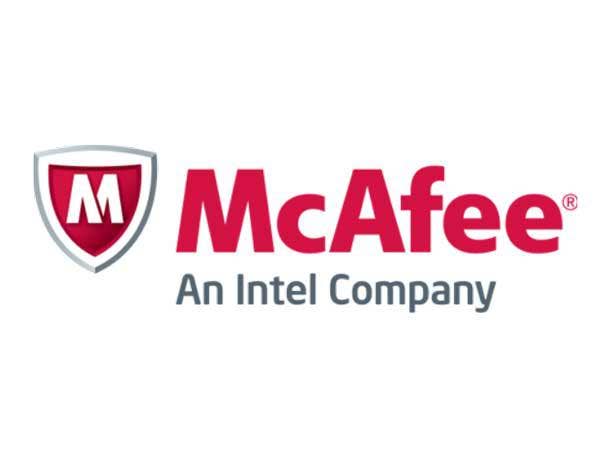
Intel buys McAfee
Intel’s purchase of McAfee for $7.68 billion in 2010 was a headscratcher at the time. Channel players certainly had their share of concerns about the legendary chip maker taking over the well-known security software company.
As it turned out, the concerns were largely justified. Soon after the merger, Intel phased out the McAfee brand and shoved its operations into its Intel Security division.
Six years later, Intel spun off its security division to a private equity company in a $4.2 billion deal. McAfree eventually became a publicly traded company before recently being taken private.
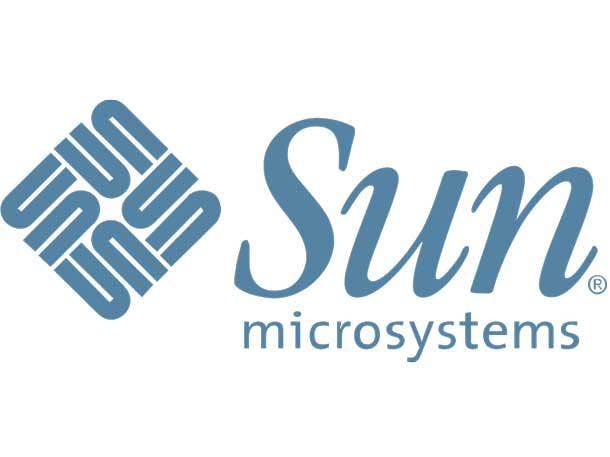
Oracle-Sun
Oracle completed its acquisition of Sun in 2010, spending $7.4 billion to get the Java programming language, Solaris operating system and MySQL database software.
The purchase also moved Oracle, founded in 1977, into hardware offerings, creating new upselling opportunities for partners of each tech company.
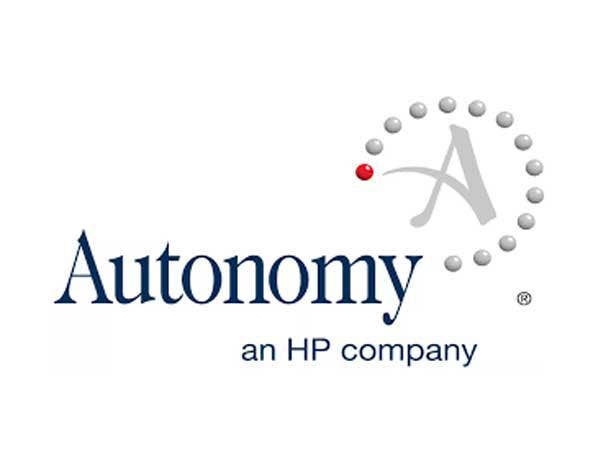
HP-Autonomy
If HP’s acquisition-hungry appetite had flirted with disaster on several occasions, its 2011 acquisition of enterprise software firm Autonomy Corp. would prove to be downright catastrophic. The deal was valued at $11.76 billion and within just a year, HP would write off $8.8 billion of Autonomy’s value, citing “serious accounting improprieties” and “outright misrepresentations” by Autonomy’s previous management. The ensuing accusations would draw attention from the Serious Fraud Office of the United Kingdom and the U.S. Securities and Exchange Commission along with the FBI. While no charges were brought, HP sold its Autonomy assets as part of a wider deal to the British software company, Micro Focus. Not all was lost in the deal however, as Autonomy’s software products were divided between HP Inc. and HPE after the latter’s spinoff.
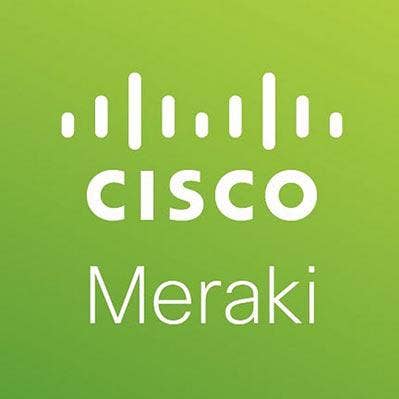
Cisco’s Meraki Buy
Cisco Systems in 2012 sealed a $1.2 billion deal -- a price tag that many in the industry thought was too high at the time -- for a Wi-Fi startup that would become one of its most important networking buys because it gave the historically hardware-focused provider a cloud play. Meraki, a cloud Wi-Fi company, was absorbed into Cisco‘s networking segment but retained its brand name, becoming the Cisco Meraki line of cloud wireless products. The Cisco Meraki portfolio includes wireless, switching, security and enterprise mobility management products, as well as security cameras, that can all be centrally managed from the cloud by end-customers and partners.
Ten years later, Cisco Meraki is leading the tech giant’s managed services charge. The portfolio is supporting managed services providers and end customers as they evolve their businesses in favor of software-centric services, according to Cisco executives and channel partners. The ease of use, flexibility and scalability of the portfolio has made it a popular choice among business customers, especially small and midmarket businesses. Enterprises, however, are also increasingly interested in cloud management, especially as the hybrid work trend gains momentum. To that end, in June, Cisco announced it was combining the simplicity that its Meraki brand offered with the power of its flagship Catalyst portfolio of campus switches and wireless controllers and access points. The innovation means that customers investing in the widely used Cisco Catalyst portfolio can now choose between either Cisco DNA Center or the Meraki dashboard for easy cloud-based network management.
Cisco’s fastest-growing route to market today is through Meraki, according to Alexandra Zagury, vice president of partner managed services and as-a-service sales. The Cisco Meraki platform is being used by Cisco partners to not only support their clients’ organizational goals, but they’re also leveraging the platform to build their own services and generate new revenue.
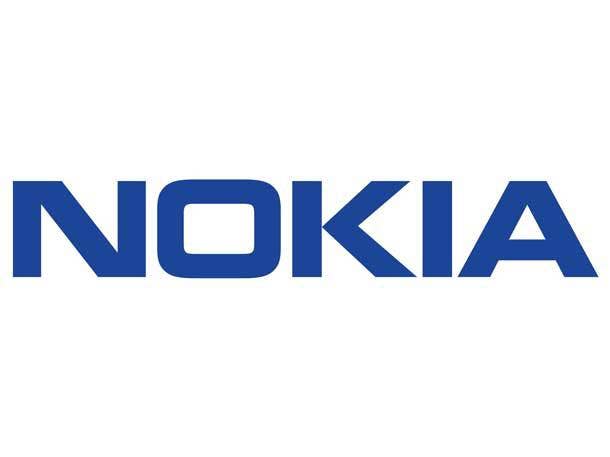
Microsoft-Nokia
In 2014, Microsoft closed on its $7.2 billion acquisition of Nokia’s hardware division, growing its mobile phone portfolio and capabilities. While more offerings in a hot industry can help channel partners, in this case, other vendors including Apple and Google proved too dominant for Microsoft and Nokia to overcome. The deal proved disastrous, with Microsoft writing down the purchase in 2015 and laying off thousands of workers. The next year, Microsoft sold parts of the smartphone business for $350 million to a Foxconn subsidiary and HMD Global.
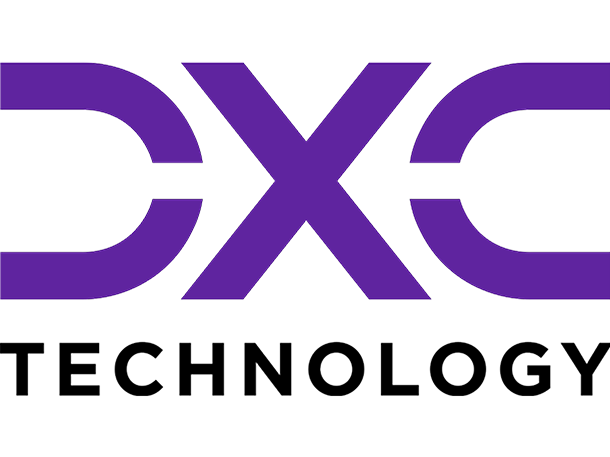
CSC Merges With HPE Enterprise Services To Form DXC
Early 2017 saw the birth of a startup solution provider, one with over 5,000 clients and annual sales of about $26 billion. That startup, DXC Technology, was born from the merger of Computer Sciences Corp., a nationwide solution provider, with Hewlett Packard Enterprises’ services business, which HPE spun off to form the merger. The merger was first unveiled in May of 2016.
Post-merger, DXC has weathered several issues. Annual revenue for the company in fiscal 2020 was $19.6 billion, but fell to $17.7 billion in fiscal 2021 and $16.3 billion in fiscal 2022. DSC is currently looking to grow in part by shedding non-strategic businesses with about $500 million in annual revenue as a way to focus on growth areas, and for the foreseeable future expects it will not do any acquisitions.
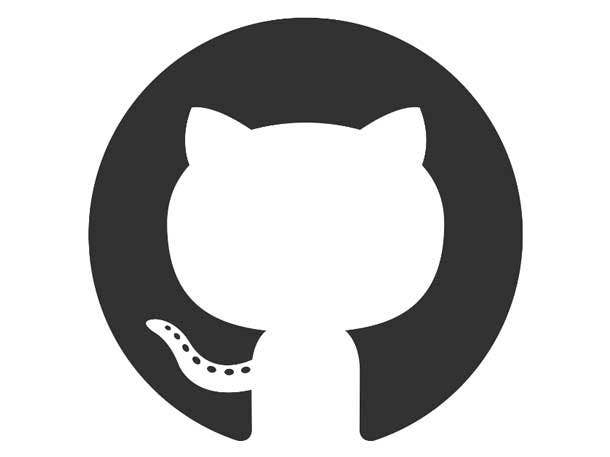
Microsoft-GitHub
Microsoft spent $7.5 billion in 2018 on GitHub to get closer to the code repository provider’s developer users. But the deal also gave GitHub’s emerging channel program, launched in 2016, a boost by opening the door to new integrations for Microsoft’s 400,000-partner ecosystem and a foot in the door for new corporate customers.
GitHub continues to present an opportunity for Microsoft to boost its offerings around development operations (DevOps) and enterprise-level open source – and in turn, give partners a more powerful portfolio for going to market.
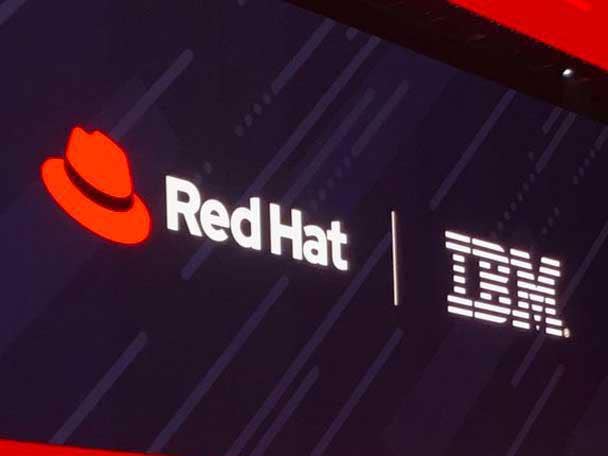
IBM-Red Hat
To leap ahead in the cloud and open source software revolution, on-premises and proprietary software giant IBM closed a $34 billion acquisition of Red Hat in 2019, bringing into its fold the company known for its OpenShift container platform and enterprise Linux operating system offerings.
Red Hat has kept its independence from IBM to protect the platform-agnostic benefits of its offerings, even maintaining a separate partner program and separate conferences in 2022. But for Red Hat partners, the vendor gained a dramatic boost in financial and sales resources by joining IBM’s 380,000-plus employee base.
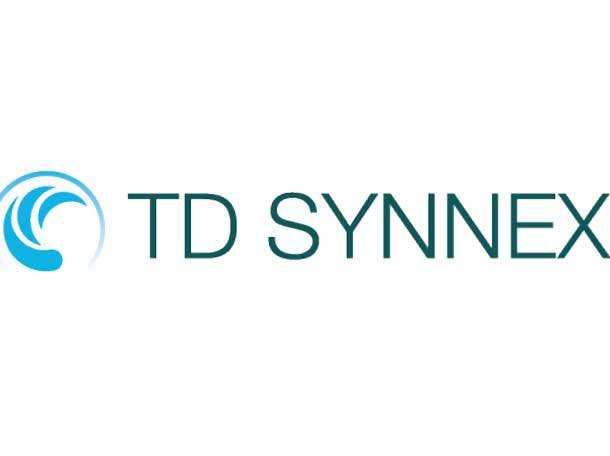
Synnex Acquires Tech Data
For over 30 years, the IT distribution business was dominated by a single company, Ingram Micro. That domination ended in September of 2021 when Synnex closed its $7.2-billion acquisition of rival Tech Data to create the world’s largest distributor, TD Synnex. The deal, which TD Synnex calls a merger, resulted in the building of a company with a combined revenue of $59.8 billion and marked a new era in the bitterly contested distribution battle for the hearts, minds, and pocketbooks of solution providers.
While the newly-combined TD Synnex is still relatively young, the company is expected to have the size to scale investments in developing new solutions and more financing for channel partners looking to bring the latest cloud, next-generation data center, security, Internet of Things, intelligent edge and 5G technologies to customers. TD Synnex also now has the ability to consolidate overlapping investments in those technologies, such as Tech Data’s StreamOne and Synnex Stellr cloud platforms, to accelerate investment in next-generation technologies.
One area where the integration is not done, and not likely to be done, is in the two legacy companies’ partner communities. Tech Data’s TechSelect and Synnex’s Varnex and Stellr communities are remaining distinct and growing while being consolidated under a new organization called CommunitySolv to make it easier for partners to benefit from working with multiple communities.
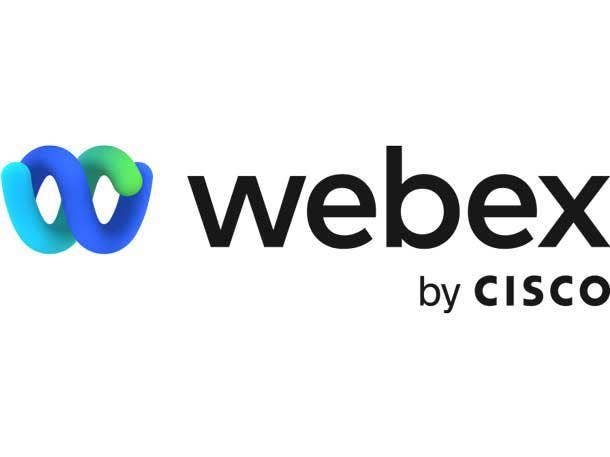
Cisco-Webex
Cisco Systems in 2007 scooped up its San Jose neighbor, WebEx, for $3.2 billion. The company was founded as WebEx in 1995 as a provider of on-demand, subscription-based collaboration applications, especially for the SMB segment.
Today, Webex by Cisco develops and sells web conferencing, videoconferencing, unified communications-as-a-service, and contact center-as-a-service applications. The platform quickly emerged as a leader in the heat of the COVID-19 pandemic when employees all over the world began working from home and businesses began signing up for collaboration technologies. But Cisco didn’t rest on its laurels. Under Cisco, the Webex team, led by Jeetu Patel, Cisco’s executive vice president and general manager, security and collaboration, continues to build out and improve the Webex platform with more than 1,000 new features, capabilities and device options to match employees’ hybrid work needs over the last two years.
Cisco partners are the biggest route to market for Webex by Cisco. The tech giant in February extended partner access to its communication and collaboration portfolio through an agent model route to market and tapped telecom service brokers, such as Telarus and Intelisys, to open up Webex to previously untapped partners.
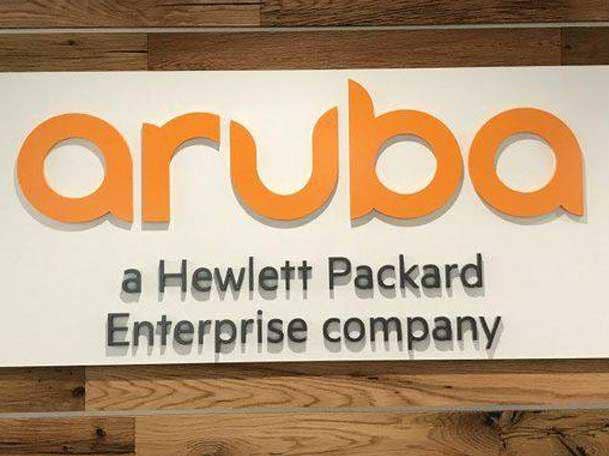
HPE-Aruba
In a networking blockbuster buy, Hewlett Packard Enterprise (HPE) scooped up wireless networking specialist Aruba Networks for a cool $3 billion in May 2015.
The deal shook up the networking industry that immediately saw the move as pressure on Cisco for wireless and wired networking dominance. The loyal Aruba channel was cautiously optimistic that HPE would let Aruba continue to do what it was good at with more room for acquisitions of its own. Seven years later, Aruba is operating as its own business unit inside of HPE and has only accelerated with new offerings that target 5G, edge computing, and SASE. HPE-owned Aruba acquired SD-WAN provider Silver Peak in 2020 for $925 million.
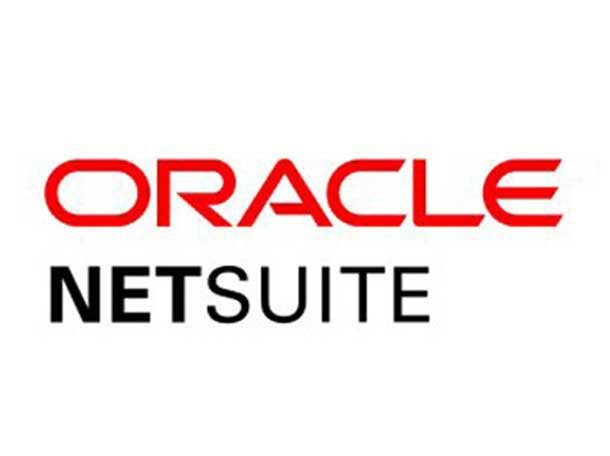
Oracle-NetSuite
Oracle co-founder Larry Ellison provided early funding and held a major stake in NetSuite when the company finally bought the cloud application company in 2016 for $9.3 billion.
The acquisition gave Oracle and its partners a huge leap into cloud computing and greater reach into small and midsize businesses, diversifying from Oracle’s main enterprise-level customers.
NetSuite itself gained a larger channel presence from Oracle’s more-established partner ecosystem, while its partners gained Oracle tools more appealing to larger customers.
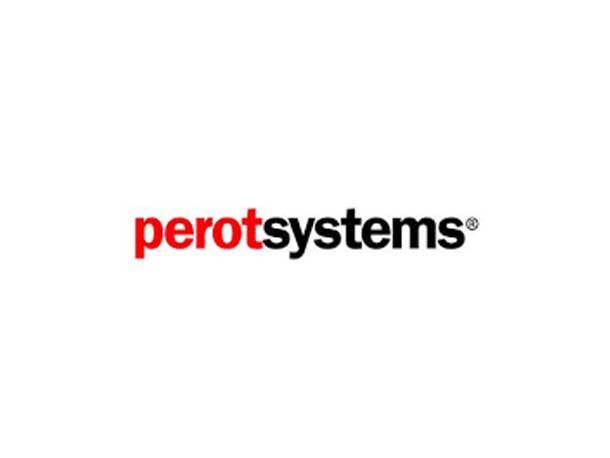
Dell Buys Perot Systems, Then Sells To NTT Data
Dell’s sale of Perot Systems in 2016 was a huge win for channel partners as it opened the door for vast new services opportunities ahead of Dell’s acquisition of EMC.
Dell bought IT outsourcing giant Perot Systems in 2009 for a significant price tag at the time of $3.9 billion, tucking the company into its IT services subsidiary Dell Services. The subsidiary was home to well over 20,000 employees.
In a move to raise money for its historic $67 billion acquisition of EMC, Dell sold Perot Systems to NTT Data for approximately $3.1 billion. NTT Data had a network of hundreds of data centers operated by its parent company NTT.
Selling Perot Systems helped provide Dell with the cash the company needed to help pay down its nearly $50 billion debt it took on when acquiring EMC in 2016.
From a channel standpoint, the acquisition was significant.
Dell Services business shrank significantly following the sale, which paved the way for channel partners to make more services revenue.
Partners told CRN at the time that Dell would have a greater reliance on the partner community from everything from basic integrations and pre-sales to on-premises services to cloud management.
Ahead of its acquisition of channel-friendly EMC, Dell unloaded Perot and a large portion of its Dell Services arm to lean more heavily on partners to become the go-to services resource for customers.
Opening the services door wide open for channel partners was key to the success of the new Dell Technologies, which was formed out of the Dell-EMC merger.
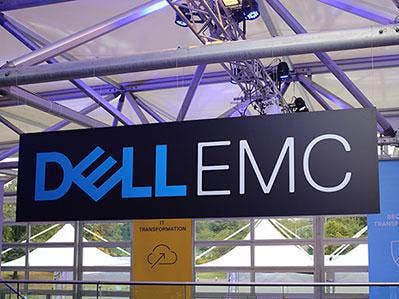
Dell’s EMC buy
Dell’s purchase of EMC in 2016 brought together the biggest names and logos in what amounted to the largest IT deal of the time – Dell, EMC, VMware -- worth an estimated $67 billion.
The transformational deal saw Round Rock, Texas-based Dell and Hopkinton, Mass.-based EMC join to create Dell Technologies, the largest privately-held technology company in the world at the time.
Technology acquired in the deal has been critical to Dell launches such as its public cloud offering Apex, as well as dozens of product integrations.
EMC’s then-CEO Joe Tucci said in 25 years the company went from a storage startup to 70,000 employees, but was ready for its next phase.
“We are entering a new era, where the entire information technology industry is experiencing massive disruption, while simultaneously being presented with unprecedented opportunity,” he said in a blog post. “To keep us growing and thriving through the truly historic changes that are gripping our industry, and to help assure we capitalize on the vast opportunity before us, we decided that creating a new company with Michael Dell, an industry colleague and noted leader, and the team at Silver Lake is the best way to position EMC for success going forward.” [Private equity firm Silver Lake help finance Dell’s acquisition of EMC.
CEO Michael Dell said then that the companies were “at the dawn of the next industrial revolution” as its combined products were in use by 98 percent of the Fortune 500, when the deal was completed.
Both statements proved prescient in terms of sales. The combination of Dell, Dell EMC, Pivotal, RSA, SecureWorks, Virtustream and VMware, had a combined revenue of $80 billion at the time the deal was announced.
Last year, Dell’s sales topped $100 billion as it continued to be the largest supplier of computer hardware in the world.
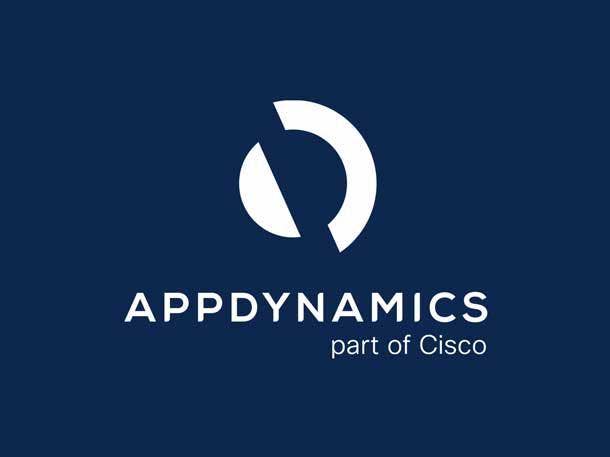
Cisco-AppDynamics
Cisco announced its plan to acquire AppDynamics for $3.7 billion in January 2017 just days before a planned IPO of the cloud application and business monitoring company. The two companies sealed the deal in March 2017.
The move helped Cisco further its now booming software business because AppDynamics, which operates as its own business unit within Cisco, helps enterprises and partners translate application data into business insights and provides end-to-end insight across their technology stacks. Cisco-owned AppDynamics, which has historically done about 70 percent of its business through channel partners, went all-in on the channel in 2021 in keeping with its parent company Cisco’s channel-first sales motion.
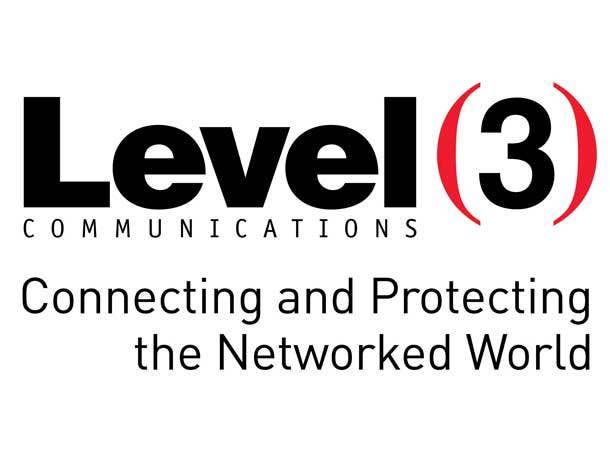
CenturyLink-Level 3 Communications
Telecom giant CenturyLink became the proud owner of Level 3 Communications in 2017 forming the second largest domestic communications provider serving global enterprise customers. CenturyLink said 75 percent of its core revenue would be generated from business customers, with nearly two-thirds of its revenue coming from strategic services thanks to the deal, which has been the case since the close of the acquisition.
The new company in 2020 changed its name to Lumen Technologies in an effort to focus on next-generation connectivity solutions and security for enterprises. The CenturyLink brand was retained for residential and some SMB services. The majority of the leadership team following the deal was made up of Level 3 executives, including current CEO Jeff Storey. However, the company is still struggling to generate growth.
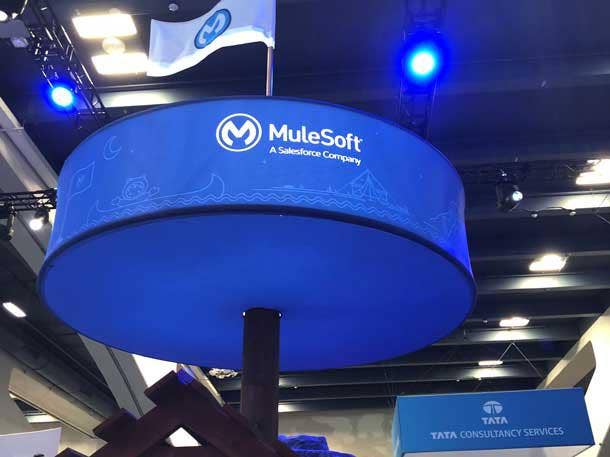
Salesforce-MuleSoft
In 2018, customer relationship management software vendor Salesforce closed on its $6.5 billion purchase of systems integration tools provider MuleSoft. The addition of MuleSoft to Salesforce’s portfolio gave partners more ways to bridge customers’ on-premises environments with cloud-based data and usher customers into the cloud revolution.
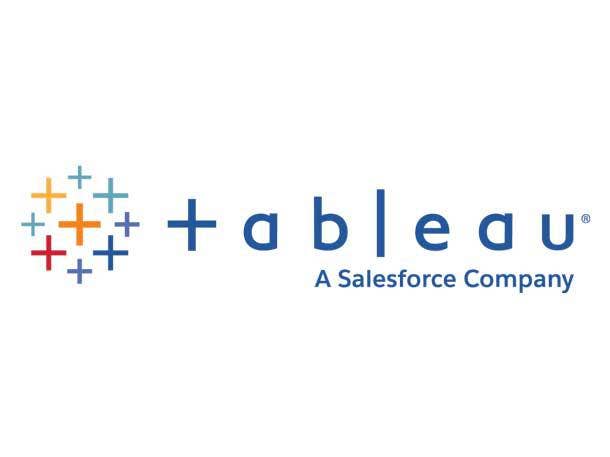
Salesforce-Tableau
Salesforce completed its $15.7 billion acquisition of Tableau in 2019, giving partners more tools to offer customers for business intelligence, analytics, data visualization and more. Tableau proved a complementary purchase to Salesforce’s MuleSoft acquisition just two years earlier, giving partners a way to connect customers’ on-premises and cloud-based IT environments and then ways to interpret data removed from silos.
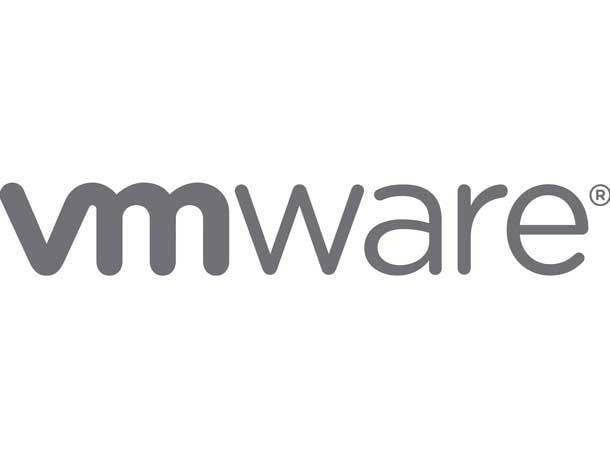
Dell’s VMware Spin-Off
Five years after the $67 billion megadeal that merged Dell, EMC and VMware, Dell was still saddled with some $32 billion in debt.
The logic behind the spin-off was sound: VMware wanted the independence to make technology partnerships, and the ability to pursue its own investments, while Dell wanted to get out of debt and improve its credit.
Ahead of the deal, partners just hoped the two companies would hold on to the ties that help resellers move huge quantities of their combined technologies.
“Customers and partners like the Dell-VMware solutions and the channel partnership. They don’t want any disruptions there. And we like, as a partner of both of them for years and years and years, the ease of selling and the field sales support they give us,” said one executive at a longtime Dell and VMware partner, who did not wish to be identified. “A lot of our VMware revenue comes from Dell. We can make a lot of money on large Dell-VMware deals. So we need them to work together at least for the next few years.”
After it announced plans to spin off VMware into a private company, Dell said it planned to use $11.5 billion of the proceeds to pay down some of that debt to achieve a higher credit rating. The deal, according to SEC filings at the time, would also allow both companies to seek better investments that are more aligned to business goals.
Once the spin-out closed in October 2021, Michael Dell became the largest single owner of VMware, with a 41 percent stake, followed by Silver Lake which owned 11 percent. Seven months later, as Broadcom moves in with a $61 billion offer, Dell stands to make some $16 billion at the $240 price per share that Broadcom has proposed.
A go-shop window has closed, leaving Broadcom and VMware alone with only regulators standing between the two companies, and a conclusion to the deal.
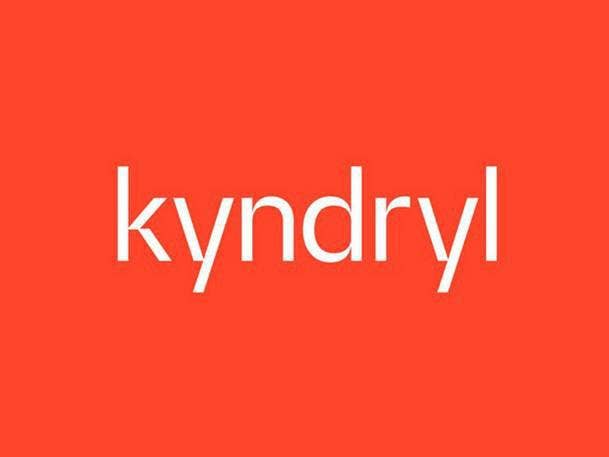
IBM’s Kyndryl Spin-Off
IBM completed the spin-off of its managed infrastructure services business Kyndryl in 2021, creating a new large-sized partner business with $19 billion in revenue to take on the other global system integrators. Kyndryl executives said the release from IBM would make the business more agnostic and better able to work with other major tech vendors. For IBM and its partners, the spinoff allowed the tech giant to concentrate more on hybrid cloud services and artificial intelligence.
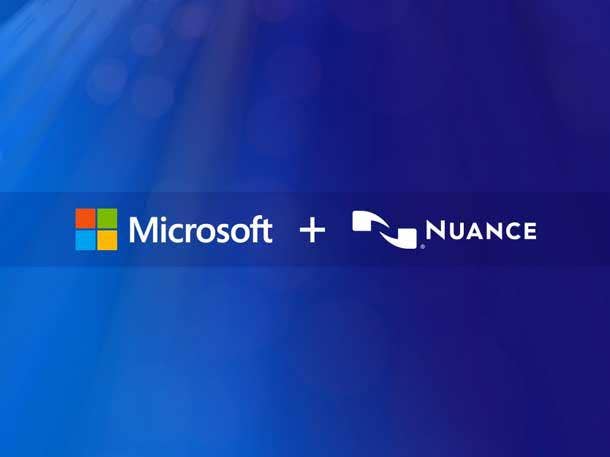
Microsoft-Nuance
Although Microsoft only completed its $19.7 billion Nuance acquisition in March, the deal exemplifies an industry-focused strategy the tech giant has been touting for itself and partners.
Nuance’s voice-to-text software gives Microsoft and its partners not only a technological boost in conversational artificial technology and ambient intelligence, but a deeper footing in health care, financial services and Nuance’s other industry specialties.
Also part of Microsoft’s industry-focused strategy are recently rolled out cloud packages including the Cloud for Manufacturing and Cloud for Retail.
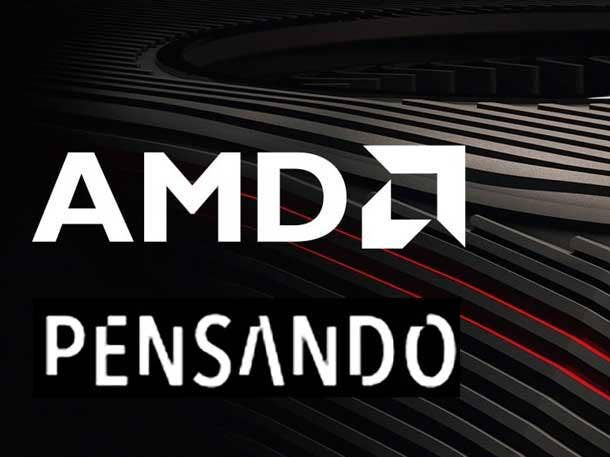
AMD Buys John Chambers-Backed Pensando For $1.9 Billion
John Chambers is an industry legend who pioneered and revolutionized the networking industry as Cisco’s CEO from 1995 to 2015.
So when Chambers became chairman of edge computing startup Pensando in 2019, the IT world sat up and listened.
Pensando’s system is based on a custom programmable processor optimized for edge computing. The company raised a whopping $313 million in funding after just two years and formed partnerships with leading channel vendors like Dell Technologies, HPE, VMware and ServiceNow.
In May 2022, chip giant AMD had seen enough innovation and market traction from Pensando that it acquired the startup for a whopping $1.9 billion.
The acquisition is huge for AMD channel partners as Pensando’s distributed services platform will boost AMD’s data center product portfolio with a high-performance data process unit (DPU) and software stack that is already deployed at scale.
Channel partners will also benefit from ongoing innovation from Pensando’s team—which includes many former Cisco all-star executives— who has now joined AMD’s Data Center Solutions Group.
“The addition of the Pensando team with their hardware and software portfolio will enable us to offer cloud, enterprise and edge customers a broader portfolio of leadership compute engines that can be optimized for their specific workloads,” said AMD CEO Lisa Su, in a statement earlier this year.
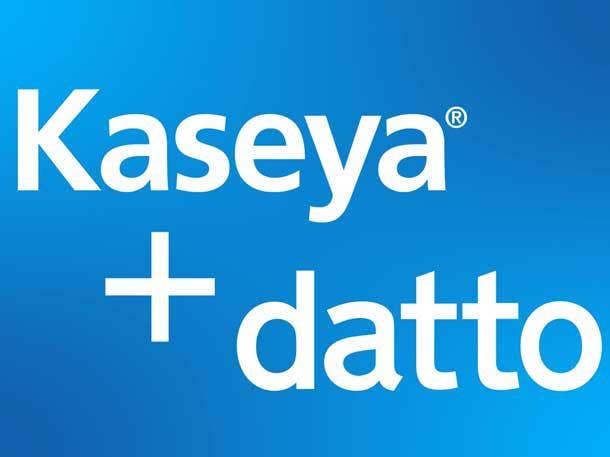
Kaseya Acquiring Datto
In April 2022 software giant Kaseya announced it would buy competitor Datto for $6.2 billion, stirring up a lot of reaction from the MSP community after many worried Kaseya would destroy Datto’s partner-friendly culture.
The mammoth deal solidified Kaseya’s spot as the number one vendor, charging ahead over rival vendor ConnectWise.
But the deal, even after it closed, wasn’t without its drama. A simple frowny face emoji on a Reddit thread, in reaction to the deal, set off a social media firestorm; Datto’s founder sounding off on social media about claims he heard about Kaseya ruining parts of Datto such as employee benefits; and Kaseya CEO Fred Voccola going off at town hall meetings when Datto employees raised concerns are just a few of the drama-filled events that have transpired since the original acquisition announcement.
But Voccola hammered down that he did not buy the company to destroy its culture. He wanted to keep everything great about Datto and then make it even better. He promised that there would be no mass layoffs and that the company would keep all platforms and solutions.
The deal closed in late June. Vista Equity Partners owned 69 percent of Datto prior to its sale to Miami-based Kaseya. The acquisition was funded by an equity consortium led by Insight Partners, with investments from TPG, Temasek and Sixth Street.
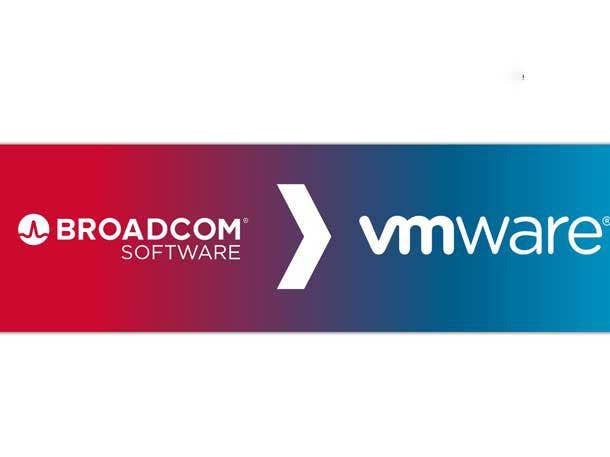
Broadcom’s Pending VMware Buy
VMware had only just begun life as an independent company, separating from longtime owner Dell in October, when Broadcom came calling with a $61 billion box of chocolates.
The immediate reaction from VMware partners was dread with a dash of foreboding amid Broadcom’s reputation of serving only the needs of its top enterprise customers, a view cemented through its acquisitions of CA Technologies and Symantec Enterprise Software Business.
‘Don’t screw this up,” one VMware partner said, a sentiment that captured the market’s angst at the news.
Broadcom has vowed it will rebrand its own Broadcom Software Group as “VMware” following the acquisition, showing the importance of the acquisition to the business. The company has also repeatedly said it was ready to “embrace the channel.”
However, the Broadcom executive who said that to media, analysts, and in a blog, suddenly quit in July and announced he would take the job as the CEO of Citrix-Tibco.
Partners, meanwhile, wait to see what will happen as Broadcom’s window to complete the deal stretches to October 2023.